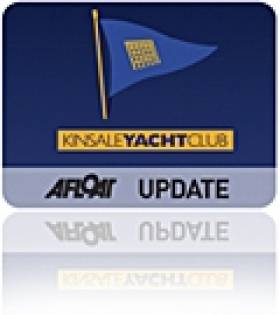Displaying items by tag: squib
Squibs Set Sail in Kinsale
The Irish South Coast Squib Championship sponsored by Marine Motors Matthews of Cork, & Calco Ireland Ltd. takes place in Kinsale Yacht Club, in conjunction with the National Squib Owners Association, from Saturday 1st May to Sunday 2nd May with Monday 3rd May held as a reserve day.
Principal Race Officer is John Stallard accompanied by Bruce Matthews and his boat Anerika.
Races will be sailed in the waters outside Kinsale Harbour between the Old Head of Kinsale and the Sovereign Islands and the courses shall be Windward-Leeward with a maximum of 4 races per day.
Kinsale Squib Class Vice Captain, Neil J Prenderville is expecting a large turnout, with 6 entries confirmed already from the Dublin Bay Fleets, as the Class gears up for the The Squib National Championships 2010 to be held at the Royal St George Yacht Club in June.




























































